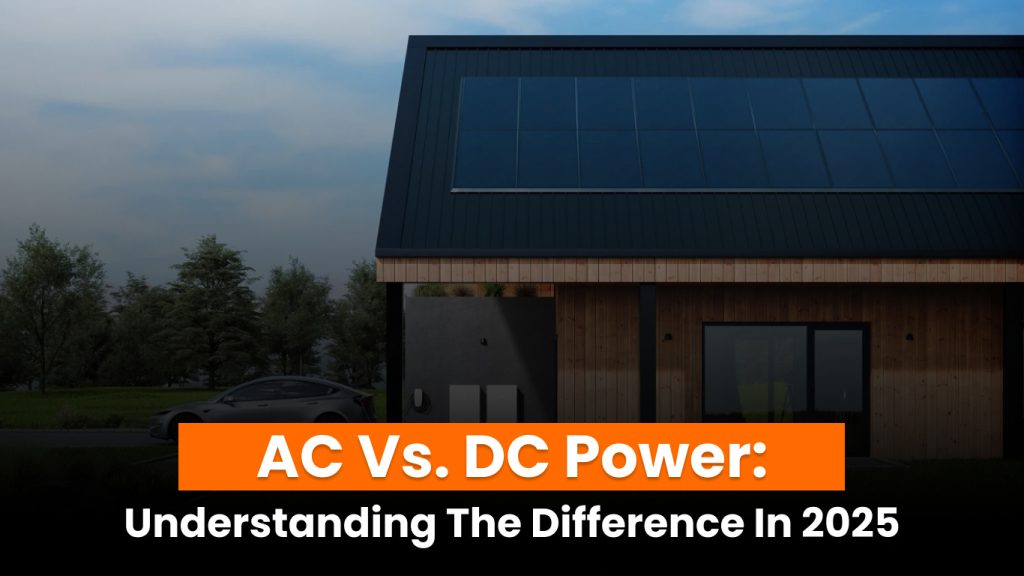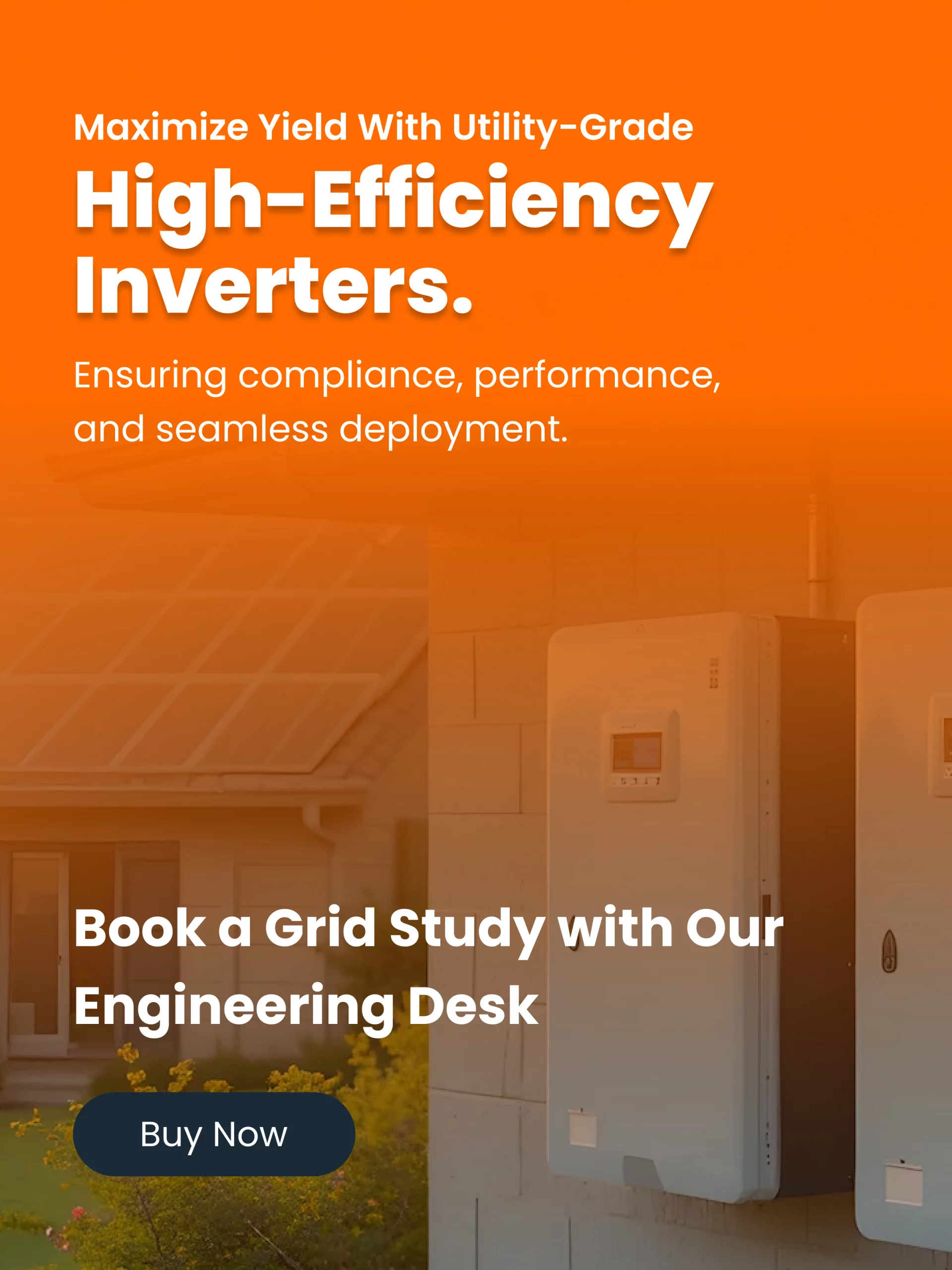Electricity powers almost every part of our lives, from the smallest mobile devices to massive industrial machinery. But behind the scenes, that power comes in two primary forms: AC (alternating current) and DC (direct current). While both are essential to modern life, they serve different functions and behave differently in electrical systems. In this article, we’ll break down the differences between AC and DC power, explain how they work, and help you understand where each type is used and why.
What is AC power?
AC, or alternating current, is a type of electricity where the direction of the current changes periodically. In the United States, the standard frequency for AC power is 60 hertz (Hz), meaning the current switches direction 60 times per second. This back-and-forth flow allows electricity to be transmitted efficiently over long distances, which is why AC is the standard for homes and businesses.
The voltage and frequency of AC can vary by country. For example, the U.S. uses 120 volts at 60 Hz, while the UK uses 230 volts at 50 Hz. Some modern devices, like laptops and phone chargers, are built to handle both ranges. However, not all appliances are compatible with multiple voltage levels. Plugging a 120V appliance into a 240V socket can blow a fuse or damage the device entirely.
AC power is typically produced by large mechanical generators in power plants and distributed through the electric grid. In solar systems, DC power from solar panels is converted into AC using an inverter so it can be used by home appliances or fed into the grid.
Advantages of AC power:
- Efficient for long-distance power transmission
- Easy to change voltage levels with transformers
- Thinner wires can be used, reducing infrastructure costs
- No polarity issues when plugging in devices
Disadvantages of AC power:
- High voltages can be dangerous
- Less efficient than DC over very long distances without conversion
What is DC power?
DC, or direct current, flows in only one direction. The voltage remains constant, which makes DC ideal for sensitive electronics and devices that require a stable energy supply. Most battery-powered electronics, including smartphones, laptops, and cameras, operate on DC power.
Though our wall sockets provide AC power, many electronic devices come with adapters or rectifiers that convert AC to DC for safe and reliable operation. In renewable energy systems, like solar panels, the energy generated is naturally DC and must be converted to AC (with an inverter) if it’s being used in a traditional home setup.
Advantages of DC power:
- Can be stored in batteries
- More efficient for short-distance and specific applications
- Safe and stable for electronics
- Simpler generator design
Disadvantages of DC power:
- More expensive for long-distance transmission
- Voltage changes are more complex and less efficient
- Requires thicker insulation, raising installation costs
Applications of AC and DC power
AC power is commonly used for:
- Household appliances (refrigerators, ovens, AC units)
- Power tools and large industrial equipment
- National power grid transmission
DC power is typically used for:
- Battery-operated devices (phones, laptops, flashlights)
- Electric vehicles and EV charging stations
- Solar panel systems and off-grid battery banks
- LED lighting and circuit boards
Can AC and DC power be used together?
Yes, and in fact, they often are. Many systems blend both AC and DC power in the same environment:
- AC-DC converters: Used in chargers to convert AC from the wall into DC for devices.
- DC-AC inverters: Used in solar systems to convert stored DC power into AC for home use.
- Hybrid appliances: Some devices use AC for motors and DC for circuit control.
For example, a washing machine might use AC power to run the drum motor but rely on DC to power its internal control board. The same goes for many modern HVAC units, refrigerators, and microwaves.
Which is better: AC or DC power?
It’s not about which one is better, but which one fits the application best. AC is excellent for large-scale power distribution due to its efficiency over long distances and easy voltage conversion. That’s why homes and businesses are wired with AC.
DC, on the other hand, is critical for electronics, battery storage, and renewable energy systems. It offers stable, controllable power that’s ideal for sensitive devices and energy storage solutions.
As technology evolves, especially in solar energy and electric vehicles, DC power is becoming more prominent. In fact, the growing popularity of DC-powered devices and systems is leading to an increase in hybrid infrastructures that can handle both forms of power seamlessly.
Conclusion
AC and DC power each have distinct roles in the world of electricity. AC power dominates the grid and powers most appliances, while DC power is the backbone of modern electronics, solar energy systems, and electric vehicles. Both are essential, and rather than being competitors, they often work together to power our homes, devices, and lives.
Understanding the differences between AC and DC isn’t just about knowing how electricity flows—it’s about choosing the right tools for the right job and planning your energy system with the best performance in mind.




